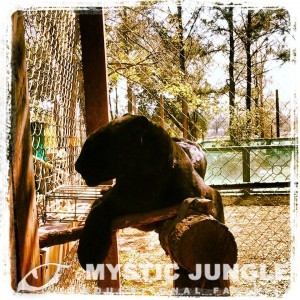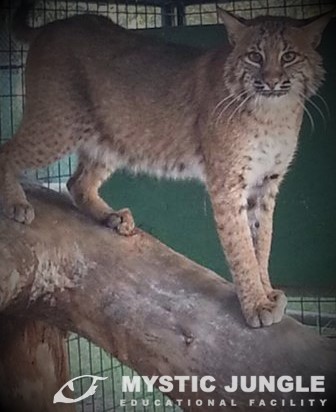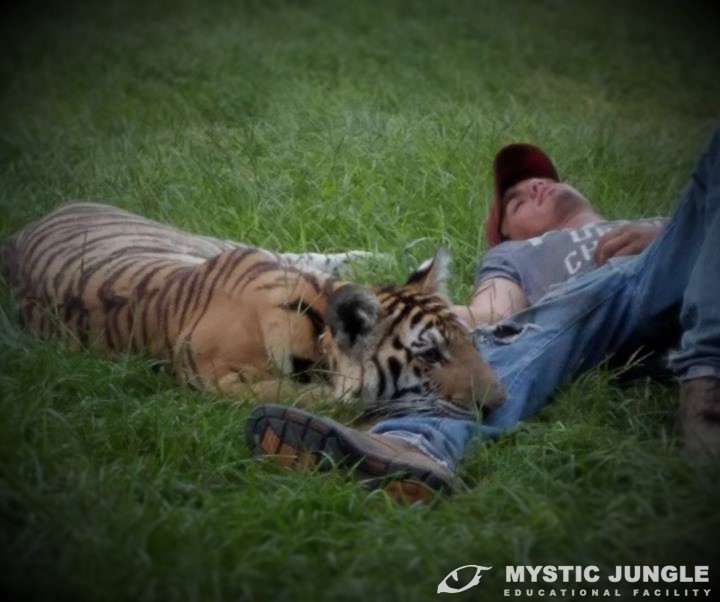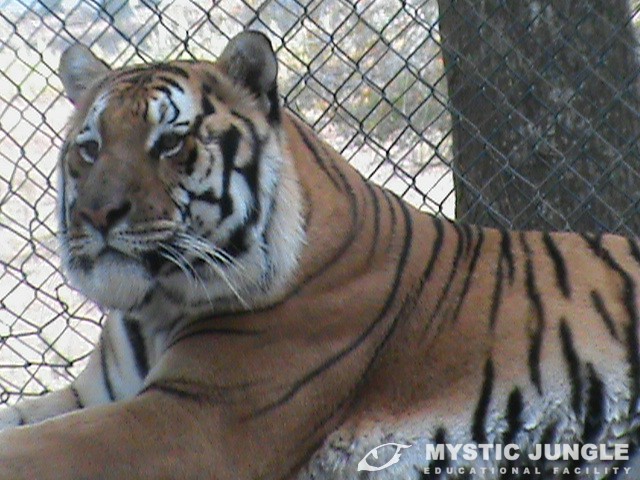Fury is the cat that started the passion to fight for the Asian Leopard.
The Leopard pound for pound is the strongest of the big cats. They can carry three times their body weight up a tree. They are among the most adept at tree climbing and do so to rest safely, or to eat.
They are also among the most vocal and their version of a roar is a sound that sounds like two lumber jacks with one of those old style saws going at a huge oak tree. I don’t the neighbors have figured that sound out yet.. LOL
They also have a tuft at the end of their tail although it is not as predominant as the Lions.
Unlike the Lion and Tiger in nature, they tend to be more aloof, and also a bit more unpredictable. This is probably the main reason that the private sector does not handle or breed them a lot, and why they are in jeopardy not only here in captivity but in the wild. If the AZA zoo’s do not breed them, and the private sector does not breed them.. what can help them from extinction this time?
Thousands of years ago, the Leopard was on the brink of extinction. There was a mass kill off that to this day, no one knows or understands why. Yet despite all odds, they rebounded even with a genetic bottle neck. The Cheetah also suffered the same fate, but their gene pool is so tight that even the sperm can be deformed thus why they have such a poor conception rate.
Facts- A Leopardess takes 18-24 months to sexually mature. She will seek out a mate by calling with that saw like roar, and the traveling male will meet with her and what appears to be an all out war between the two, copulate.
The resulting pregnancy takes 91-93 days. The litter size is usually anywhere from 1-3 cubs with a 50% mortality rate (less in captivity normally) due to natural predation (other big cats, snakes etc) so usually only 1 cub will make it out of 2-3.
The remaining cub(s) will remain with the Leopardess until they themselves reach sexual maturity (the males tend to stay longer as they do not challenge the mothers alpha position as readily as a daughter of hers would) and the mother will usually not seek to re-breed during this time (she will not risk bringing a male near her young and hormones from lactation accounts for this)
So at the rate of ONE leopard surviving and making it to adulthood is two years and the current rate of poaching is four a week or 208 year, not counting human/leopard conflicts resulting in the death of the cats how long do you give them to survive?
As I have stated and stand firm on. The SSP is not the final answer. WE ARE. It takes a nation to save the Leopard. Is is going to be America?
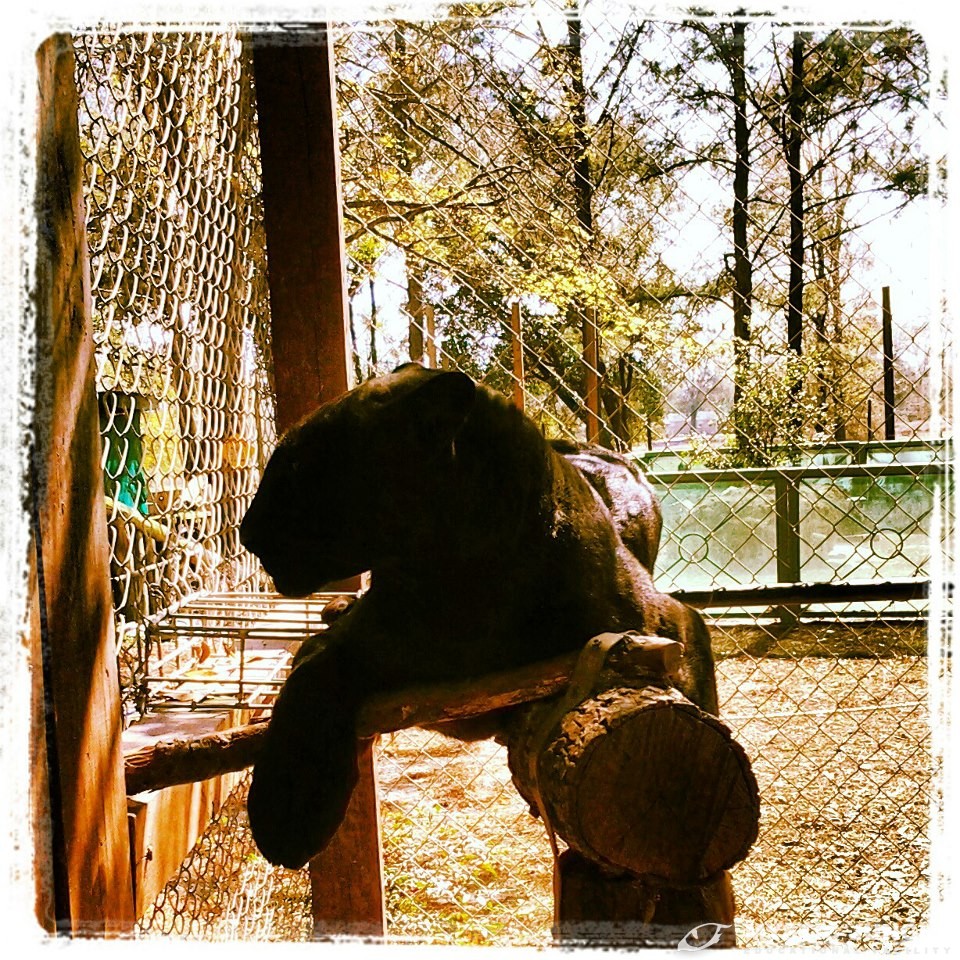
Mystic Jungle Educational Facility
Mystic Jungle Educational Facility Inc. is a non profit 501(c)3 facility
13429 US Hwy 129
Live Oak, FL 32060
386-264-8910
mysticjungleedu@yahoo.com
Copyright of Mystic Jungle Educational Facility Inc. 2012 All Rights Reserved
Donate Today!
We at Mystic Jungle Educational Facility, a non-profit facility, focus on the education of the young and old on the importance of conservation and preservation of all native and exotic species.
Close Menu
About Salient
The Castle
Unit 345
2500 Castle Dr
Manhattan, NY

